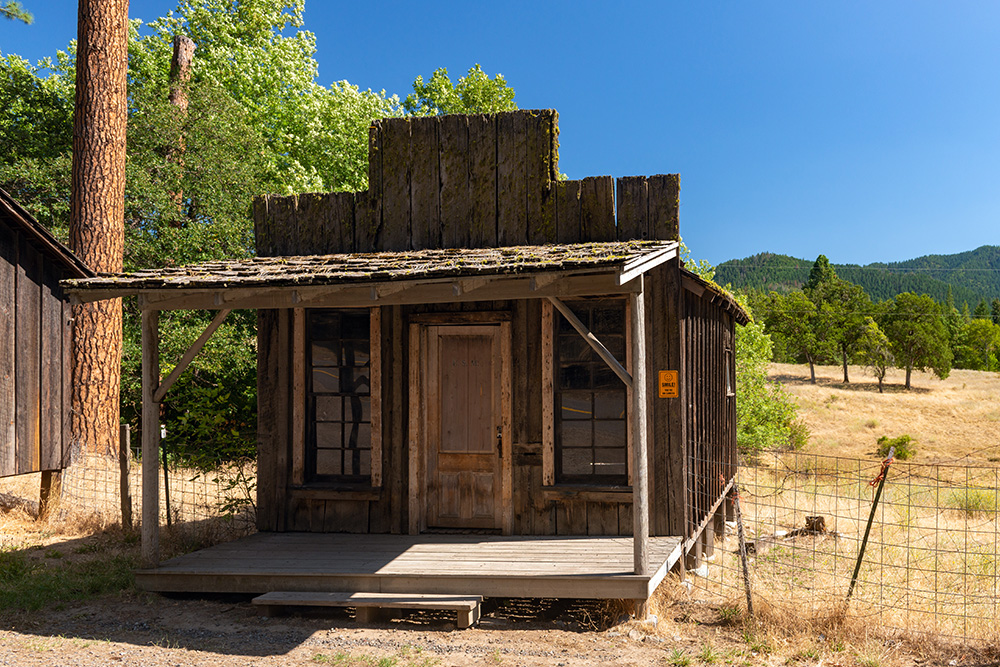Radical Change – Saving Small Towns and Businesses from Extinction

In the first place, why was the town built here and not somewhere else? There must have been a reason to start it here. Isn’t there also a reason to keep it here?
The original reason, or reasons, for the location of a community changes as the needs of its citizens change. Conveniences to the region outlying the town probably have to do with the time it takes to travel from farms to church on Sunday morning. Towns dot the landscape centered on the radius of roads to the stores, churches and government offices located there.
The accidental location of key businesses in the early stages of a towns being can be the downfall of the community decades later. What will always attract activity in the center of a community? …fifty years from now? Every community needs a core to thrive. That doesn’t mean it necessarily must be in the geographic middle of the town. A centered core may refer to the financial source of revenue the town needs to remain viable, be it a single large employer or a number of small enterprises in easy transportation proximity to one another. It could also be river crossings or roadway intersections that invite the development.
Communication and transportation systems have caused radical changes in the needs of community populations over the last century. Freeways rocketing past once thriving small towns has taken business and jobs from those communities but often not the town’s residents who prefer to stay. Critical to the move, however, is that revenue in the form of taxes and other fees from businesses that have moved away leave the community searching for revenue streams to continue their familiar existence or find ways to reduce the costs of governing and financing the services provided. Street maintenance, safety in the form of policing and fire services, and waste and water treatment operations are a few of the larger expense items that appear on the community’s budget. How can they remain sustainable?
Tourism is a constant topic across the country as a possible source of revenue. With 3,000 communities in the nation the competition for tourism dollars is fierce. And tourists can be a fickle demographic. Fashion and food popularity can draw them in or chase them away depending on marketing strategies, trends and fads. Seasonality, differentiation, marketing and low pay to employees make chasing the tourism dollar a questionable risk/reward gamble.
The administration of cities and towns has become extremely complex with the addition of computerized operating systems, robotics and the rapidly moving AI, or artificial intelligence, over the last decade. The evolution of these inventions has turned manual labor and many blue-collar jobs that once built the middle class of America into an outdated method of production because of its lower level of production and efficiency. There are business reasons for moving important work from manual to machine. The hard-to-hear term “non-essential worker” is a disruptor in living standards and job promotion, whether public employee or private. This complicates the decision making of our leadership teams including city administration and boards of directors.
While leaders at every level become better schooled at dealing with technology, understanding the value and costs of both essential and non-essential staff, and how to build and improve communities and businesses there is a critical need to learn how to keep yesterday’s ailing patient alive. Moving at the pace of evolution in leadership is unacceptable. Education is an intense, daily activity.
A Fine Line By Greg Henderson
Greg Henderson is the retired founder of the Southern Oregon Business Journal.


Advertisement